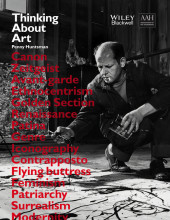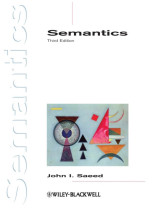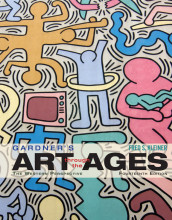Patronage and the Social and Cultural Status of the Artist
11 important questions on Patronage and the Social and Cultural Status of the Artist
Why would someone decide to become a patron?
2. Group patronage for power, corporate identity, commemoration, status, devotion or nationalism.
3. Church patronage for the glory of God, private devotion, didacticism (morals), power or status.
4. Monarchy/state patronage for national status, dynasty building, propaganda or commemoration.
Who were the chief patrons during the Classical and the Medieval era?
How can the status of art and its artist in society be assessed?
2. How much education or training the artist has had.
3. How well the artist is rewarded economically.
4. What the social status of artists is.
5. How much influence the art is/where it is displayed.
- Higher grades + faster learning
- Never study anything twice
- 100% sure, 100% understanding
How can we determine the personal success of an artist?
2. If the artist has achieved wealth through his work.
3. How well known the artist is to the general public.
How were artists treated during the Classical and Medieval era?
Do artists need a patron's support in order to achieve status and success?
However, the contemporary Saatchi artists do seem to need patronal support.
Who commissioned Jacques-Louis David's The Death of Marat and why?
Why is George Stubb's Whistlejacket such an interesting painting?
Who is Charles Saatchi?
Who is Damien Hirst?
Does patronage exist in architecture?
The question on the page originate from the summary of the following study material:
- A unique study and practice tool
- Never study anything twice again
- Get the grades you hope for
- 100% sure, 100% understanding

Topics that are related to Patronage and the Social and Cultural Status of the Artist
-
Patronage and the Social and Cultural Status of the Artist - Private Patronage in the Fifteenth and Sixteenth Centuries - Glorification of the patron and self-glorification by the artist
-
Patronage and the Social and Cultural Status of the Artist - Public Patronage in the Fifteenth and Sixteenth Centuries - The importance of guilds and the rise of the 'artist-genius'
-
Patronage and the Social and Cultural Status of the Artist - Papal and Church Patronage in the Seventeenth Century - The glory of God?
-
Patronage and the Social and Cultural Status of the Artist - The Modern Artist and the Market in the Nineteenth Century - Solitary and against society?
-
Patronage and the Social and Cultural Status of the Artist - Twentieth Century - Collectors and critics































